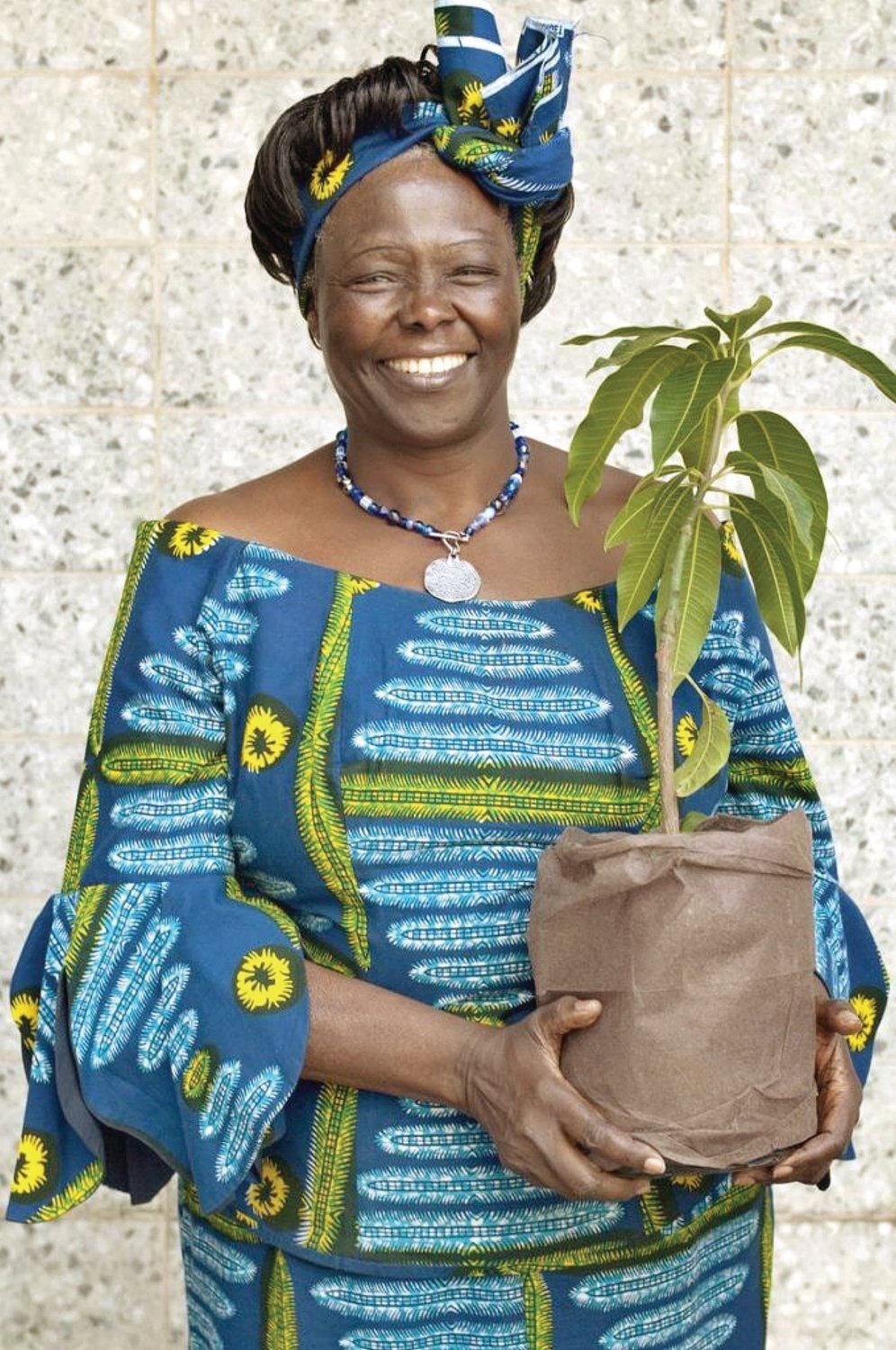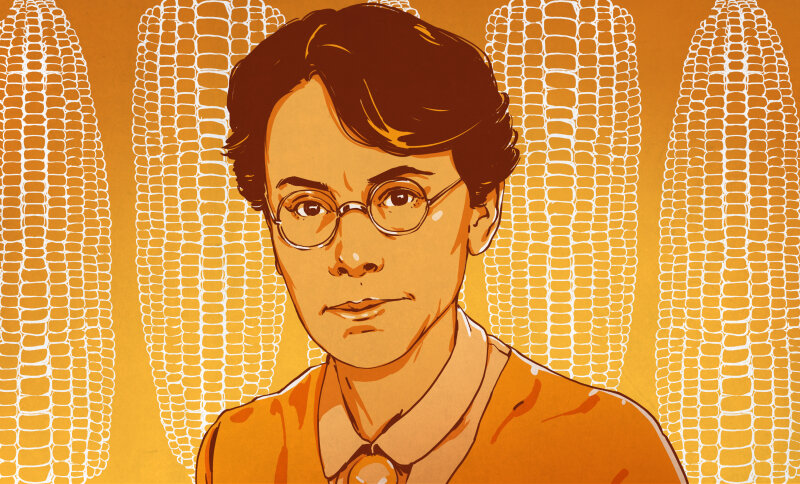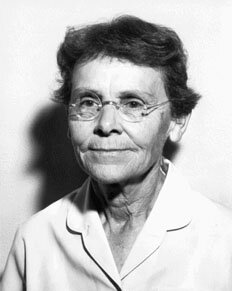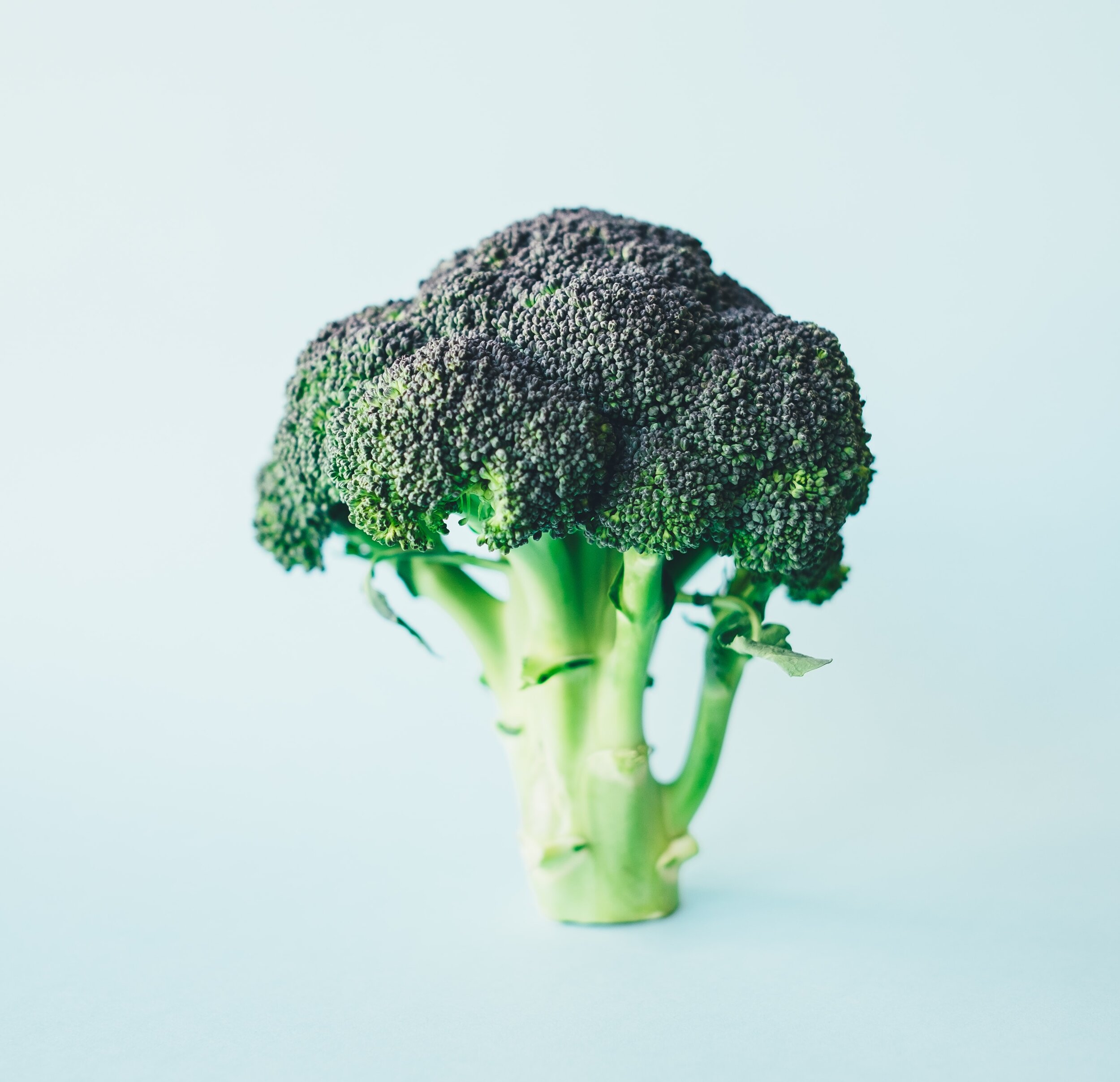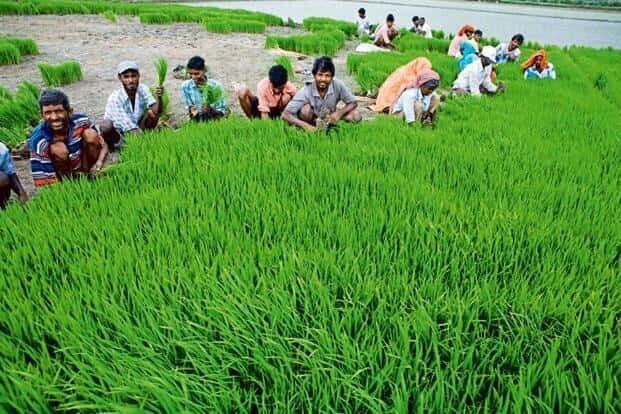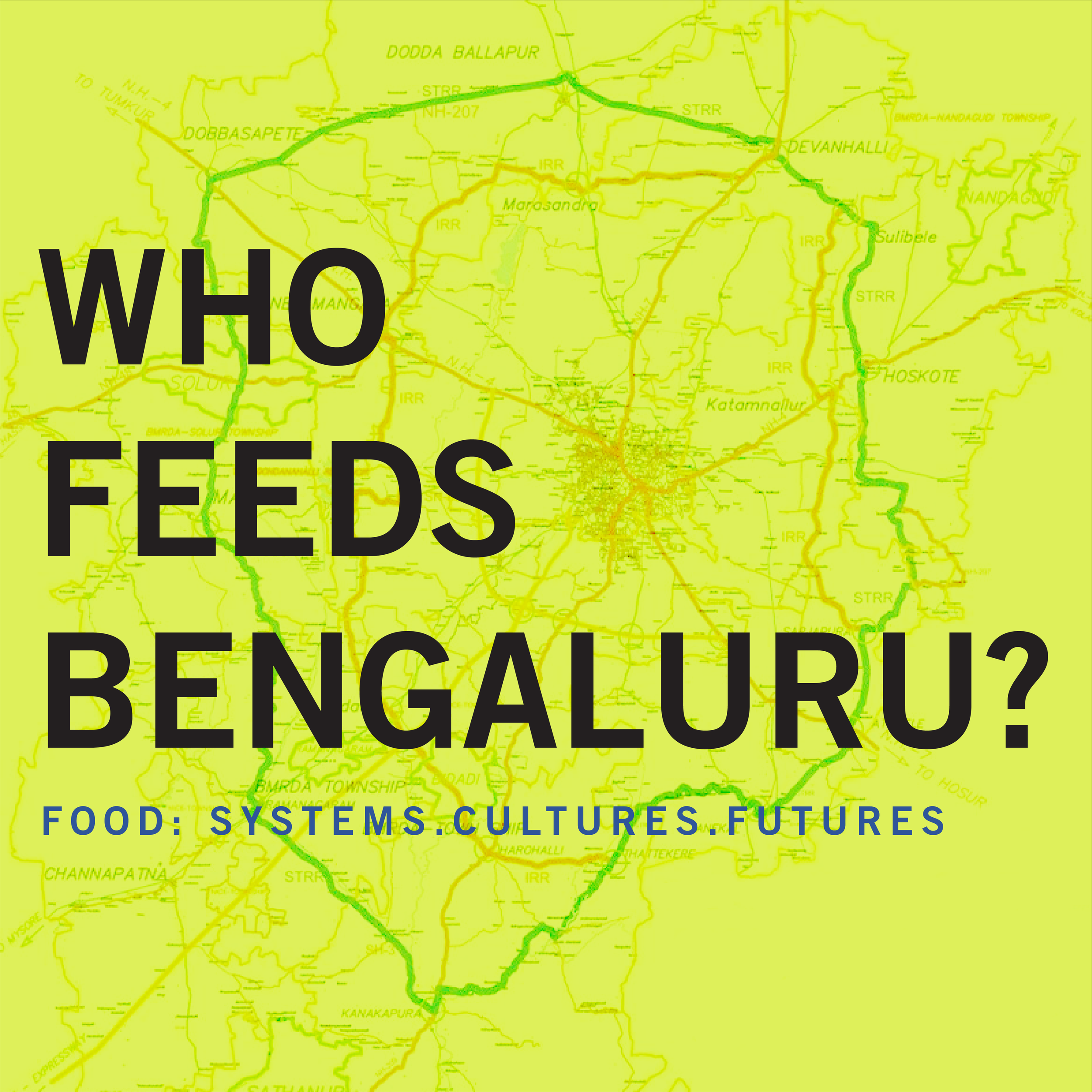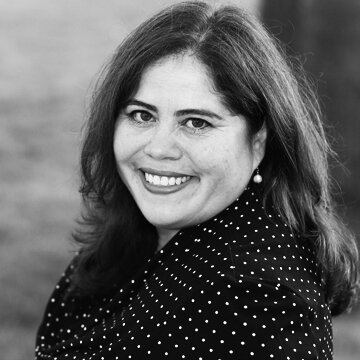Thank you for visiting PHYTOPIA. Leave us your feedback here and share your thoughts and experiences with your friends on social media.
Pandurang Khankhoje
Grasping things at the root
Pandurang Khankhoje (1886 - 1967) agronomist and a political revolutionary and co-founder of the Ghadar Party. He went to Mexico at the end of a trip that included Germany and the United States. In Mexico during the 1920s, he established the Escuelas Libres de Agricultura Mexico (1924-1928) - free agricultural colleges where he successfully experimented with varieties of corn. Khankhoje soon became an integral part of Mexico’s vibrant political, intellectual and artistic circle becoming good friends, among others, with the Mexican artists Frida Kahlo and Diego Rivera and the Italian photographer, Tina Modotti whose photographs are displayed here.
This exhibit contained essays by Khankhoje’s daughter Savitri Sawhney and gelatin silver prints by Tina Modotti of the agricultural experiments, and the Escuelas Libres de Agricultura Mexico.
Article by Gabriela Soto Laveaga
Medium: Silver Gelatin Prints
Tina Modotti, Pandurang Khankhoje presenting a new variety of corn, Mexico (ca. 1928), black-and-white photograph mounted on paper, 11.5 × 9 cm. Courtesy of Savitri Sawhney.
Tina Modotti, Khankhoje conducted an experiment regressing the maize plant to its original grass from the TEOZINTE. From the original monograph:The Origin and Evolution of maize, black-and-white photograph. Courtesy of Savitri Sawhney.
Tina Modotti, Inauguration of the Free Schools of agriculture, black-and-white photograph. Courtesy of Savitri Sawhney.
Tina Modotti, National Agrarian League, Mexico, with Pandurang Khankhoje, second from left, second row (ca. 1928), black-and-white photograph, 18 × 25 cm. Courtesy of Savitri Sawhney.
Tina Modotti, Classroom, Free Schools of Agriculture, Mexico, black-and-white photograph. Courtesy of Savitri Sawhney.
Tina Modotti, ear of corn, illustration from a scientific paper by Pandurang Khankhoje (ca. 1928), black-and-white photograph mounted on paper, 25.4 × 20.3 cm. Courtesy of Savitri Sawhney.
Tina Modotti, cross-sections of Maiz Granada, a corn developed by Pandurang Khankhoje (1928), black-and-white photograph, 20.3 × 12 cm (detail). Courtesy of Savitri Sawhney.
This project has a long history, not only in terms of time but in the strange association of a great Mexican artist, an iconic Italian woman photographer and an Indian scientist, a humanist and a devoted revolutionary. The artwork displayed is about a 100 years old. Those were the days when photographers used huge unwieldy cameras; silver was the common medium for developing. Photography was not easy, the marvel of catching the light, the contrast between the darkness and light and the way inanimate objects were brought to life was an amazing feat of artistry.
The great Mexican muralist Diego Rivera was a byword in the art world. Mexico after the great Revolution of 1910 was in a ferment of art, scientific development and social reform. He painted Mexico as he saw it: a new country trying to shake the shackles of colonialism and become a young and mature republic. He painted ancient tribal history and the social ills of the day. Always raising the flag of development and a new world. Pandurang Khankhoje after many travails, starvation and an unending desire for India’s Independence, landed in Mexico seeking the help of his old revolutionary friends. Had he returned to India he would have had to face a death sentence. Mexicans had befriended him during his participation in the inspiration and training of the young Ghadar revolutionaries in the USA. California was full of Mexicans, many of them revolutionaries. Pandurang was accepted by the Mexicans who felt in him a kindred spirit. During his gruelling routine Khankhoje was also studying agriculture, inspired by the great Chinese leader Dr. Sun Yat Sen, who was exiled in Japan when Khankhoje met him.
Diego Rivera painted Khankhoje heading a table, almost reminiscent of the last supper. He is breaking the bread with a sword, supported at his back by a soldier and a farmer. The people of all nations surround him and the Mexican nation is depicted as a young child in overalls.
These were different times, Khankhoje opened thirty free schools of agriculture, fulfilling his humanist ideals to feed the world. Strangely he could not return to India, a fact he decried all his life.
He initiated genetic studies in Mexico and one can even say that these seminal studies then returned to India when Norman Borlaug and M S Swaminathan brought Mexican wheat to India to seed the Green Revolution, in a way fulfilling Khankhoje’s dream.
Written by Savitri Sawhney
About the Artist
Savitri Sawhney is a retired paediatrician and an active essayist, poet, and biographer. She was born in Guadalajara, Mexico, but is now based in New Delhi, India. She is the author of I Shall Never Ask for Pardon, the memoir of Pandurang Khankhoje who was a leader in the Indian freedom movement during his student days at the University of Oregon. He settled in Mexico after his activities during the First World War, the Ghadar revolution and the revolutionary efforts in Germany and Russia. His pioneer studies in hybrid maize, rust resistant wheat and high yielding varieties of soya and Mexican beans sowed the seeds that led to Mexico’s “Green Revolution.” His contribution is honoured in a mural by celebrated Mexican artist Diego Rivera.




